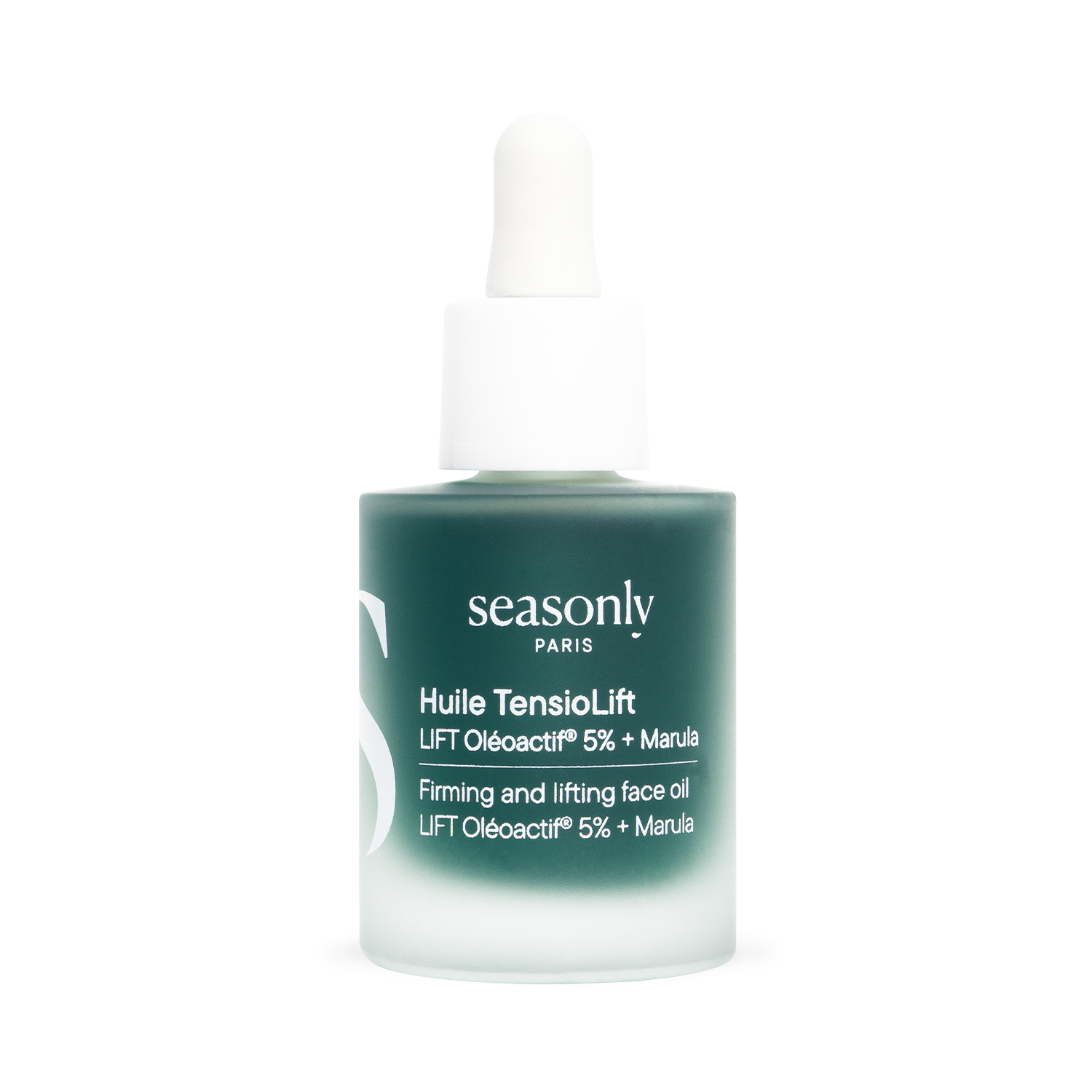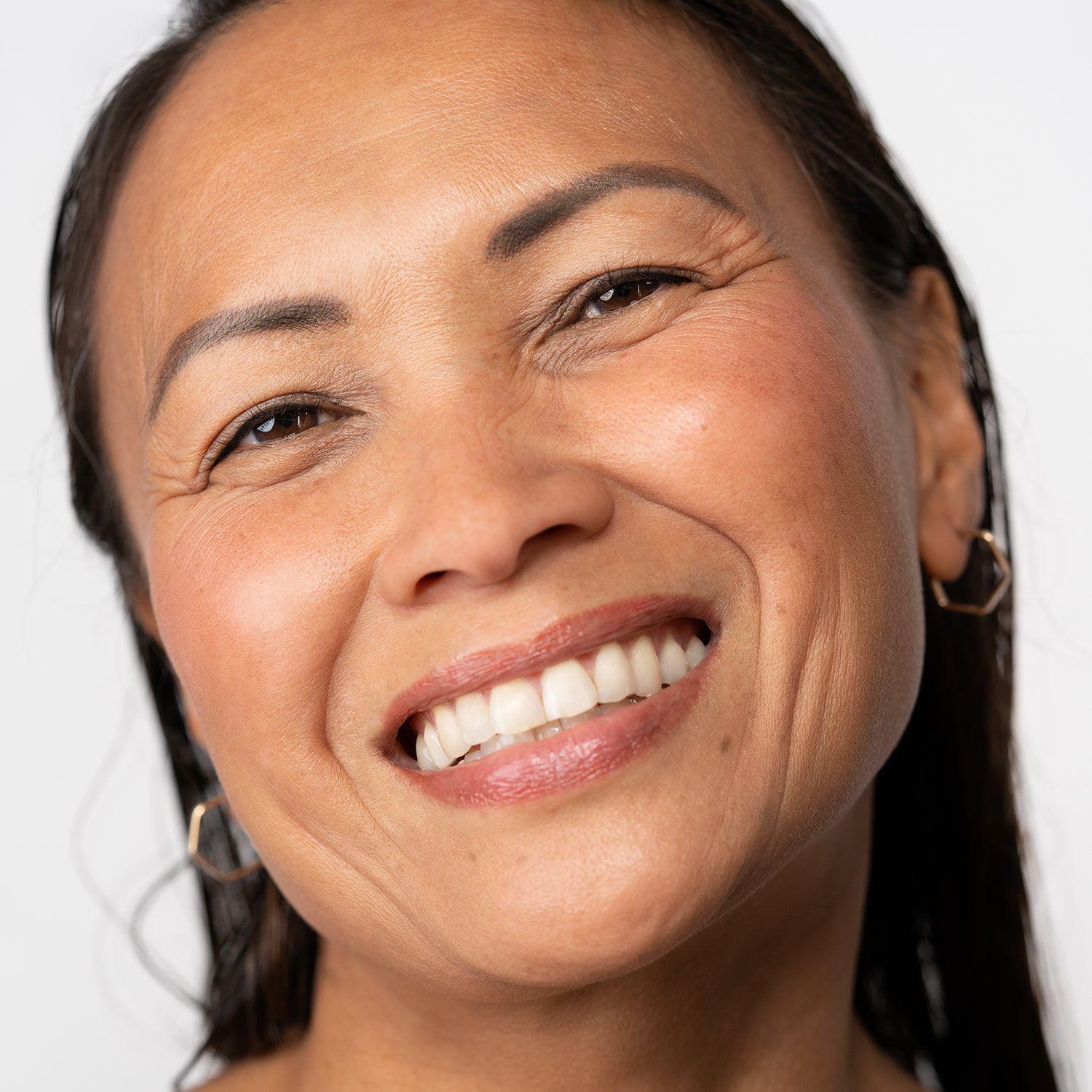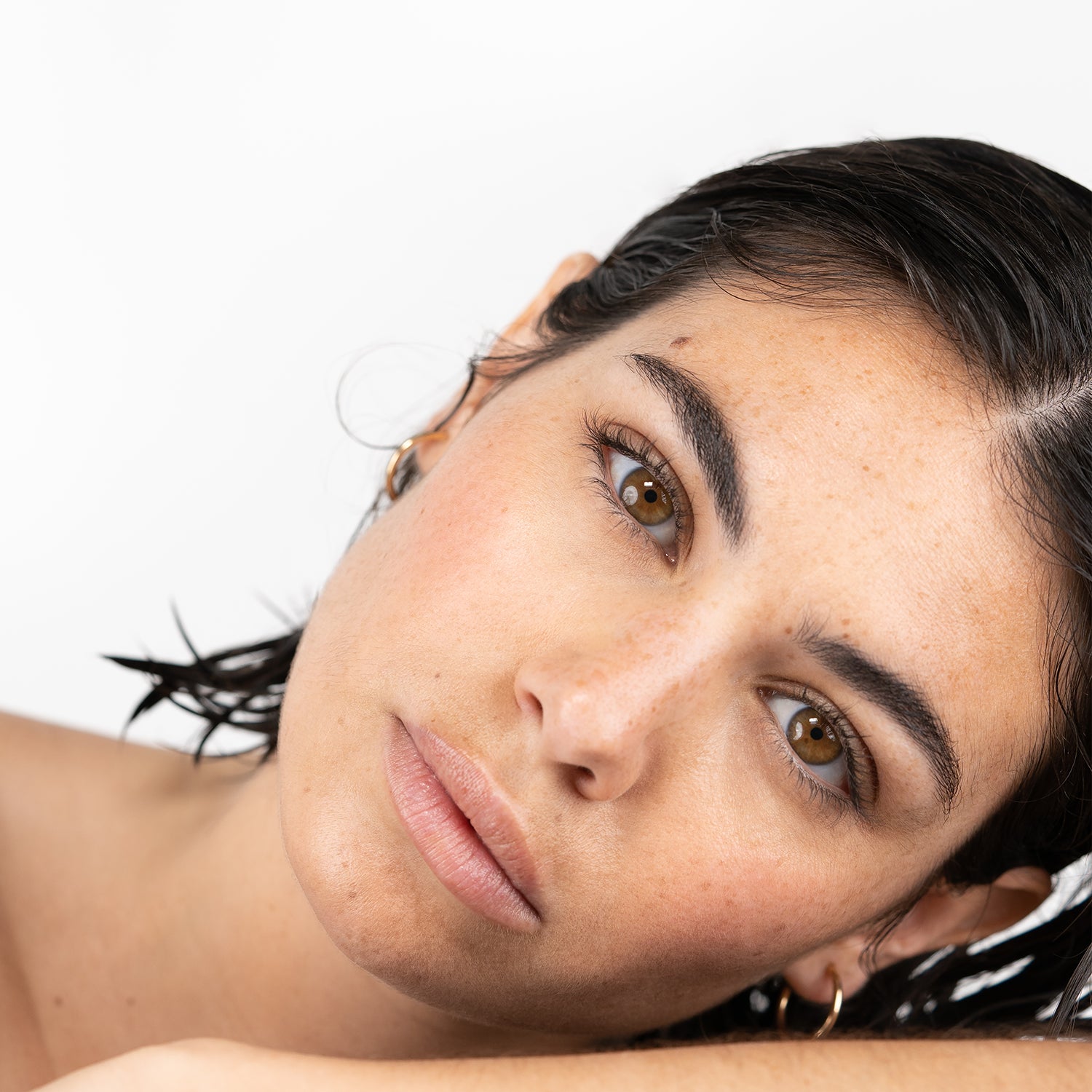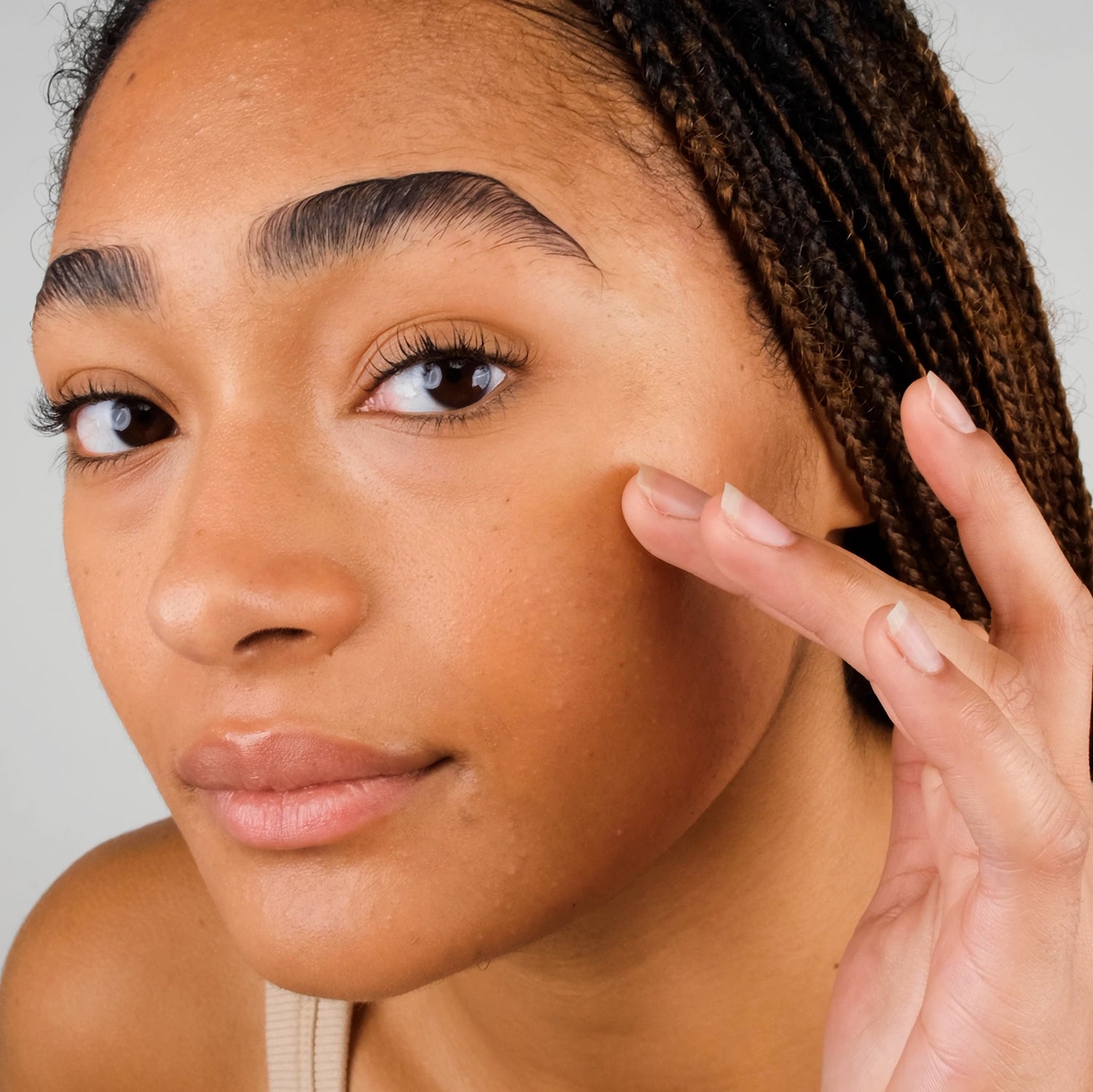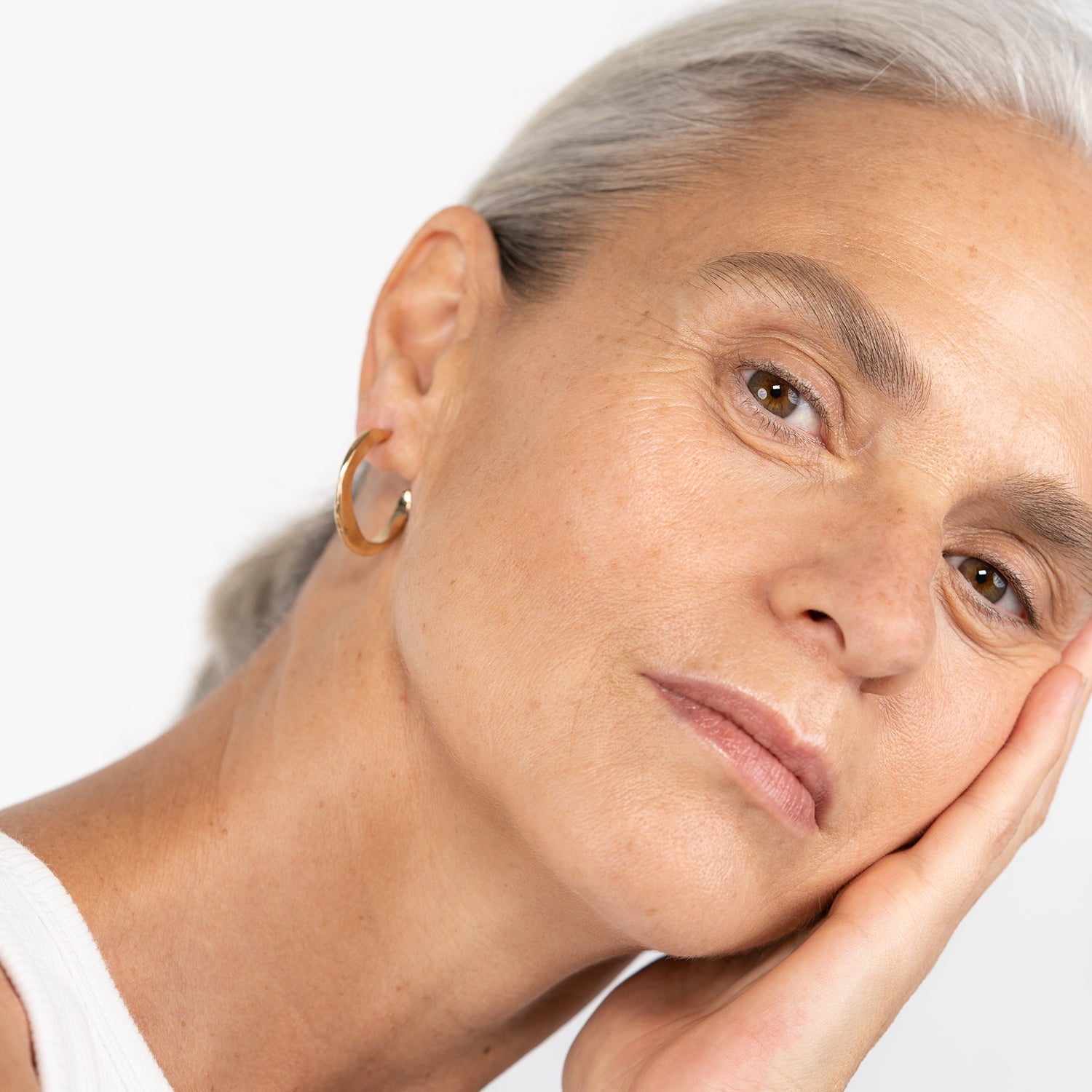Face mapping is a method of skin diagnosis which involves analyzing the various zones of the face to identify the origin of certain skin problems such as acne, wrinkles, dryness or pigmentation spots, for example. This technique has its origins in traditional Chinese medicine, according to which the body is filled with meridians that are connected to each other and to our organs.
Face mapping is based on the theory that each area of the face is linked to an internal organ or body system. For example, the appearance of acne on the T-zone (forehead, nose, chin) may be linked to digestive problems or stress, while wrinkles around the eyes may indicate dehydration or excessive sun exposure.
By using face mapping, you may be able to better understand the origin of some of your problems. It's important to remember, however, that face mapping is not a substitute for a consultation with a dermatologist!
What are the key zones?

-
The forehead area: this area is linked to the digestive system and bladder. Skin problems such as acne in this area may indicate digestive problems, stress or hormonal imbalances. While a topical application of product won't resolve the problem in its entirety, it can still improve inflammation. We therefore advise you to apply a purifying lotion after your double cleansing. You can then follow up with the application of an anti-blemish serum; look for active ingredients such as niacinamide, bakuchiol, lactic acid and zinc.
-
Eyebrow area: this area is linked to the liver and gallbladder. Skin problems in this area may indicate problems digesting fats or toxins in the body.
-
Eye and temple area: this area is linked to the kidneys and adrenal glands. Skin problems around the eyes may indicate dehydration, lack of sleep or excessive sun exposure. Look for moisturizing active ingredients such ashyaluronic acid, glycerine, aloe vera, etc., which will bring water to your skin.
-
Nose area: this area is linked to the cardiovascular and respiratory systems. Skin problems in this area may indicate poor blood circulation or exposure to pollution. We advise you to incorporate massage accessories into your routine; this will boost your cutaneous blood microcirculation and activate your lymphatic system.
-
Upper cheek area: this area is linked to the lungs and sinuses. Skin problems in this area may indicate allergies, sinus infections or excessive consumption of dairy products.
-
Lower cheek, mouth and chin area: this area is linked to hormones, reproductive organs and the stomach. Skin problems in this area may indicate hormonal imbalances and digestive problems.









